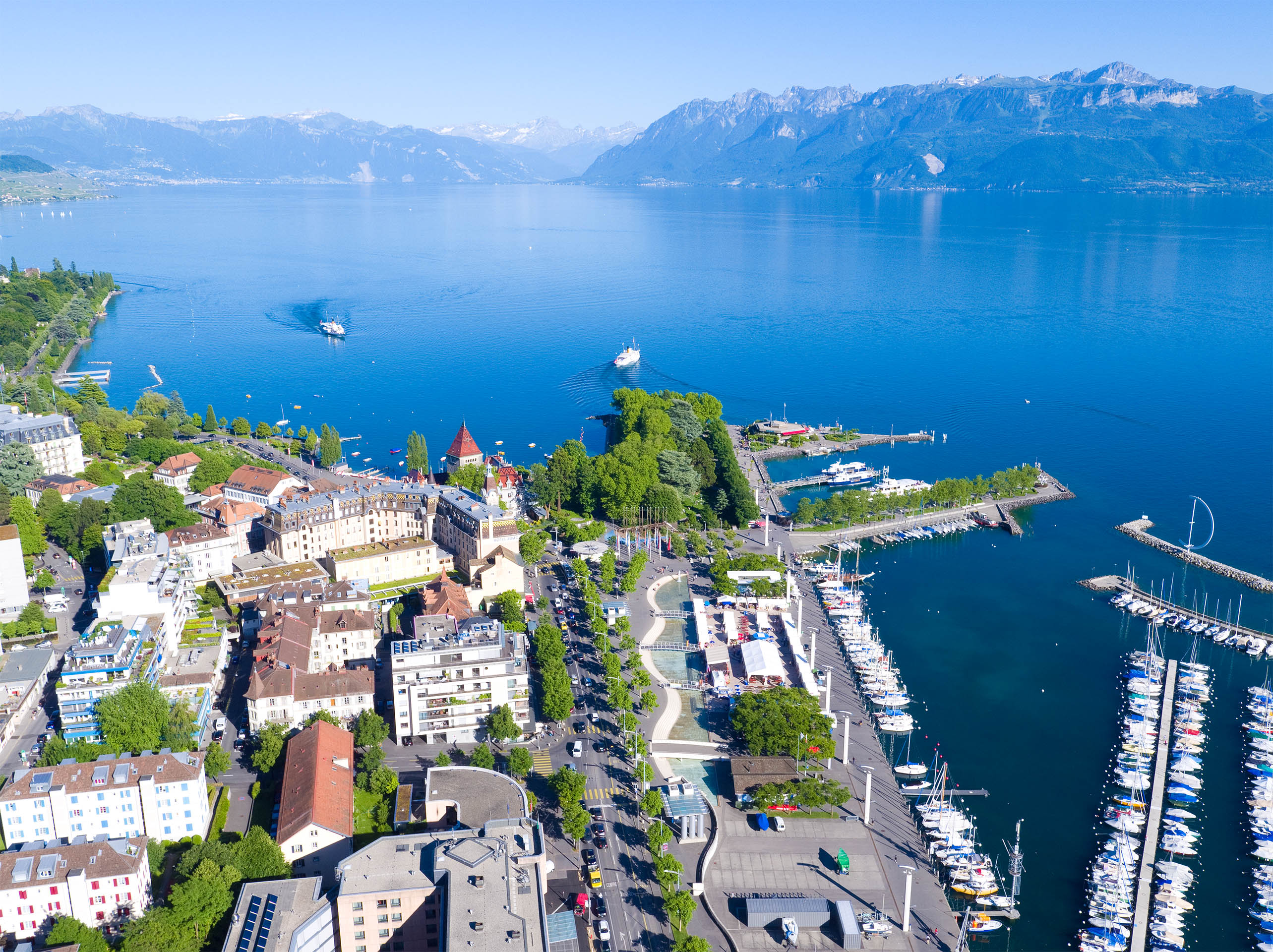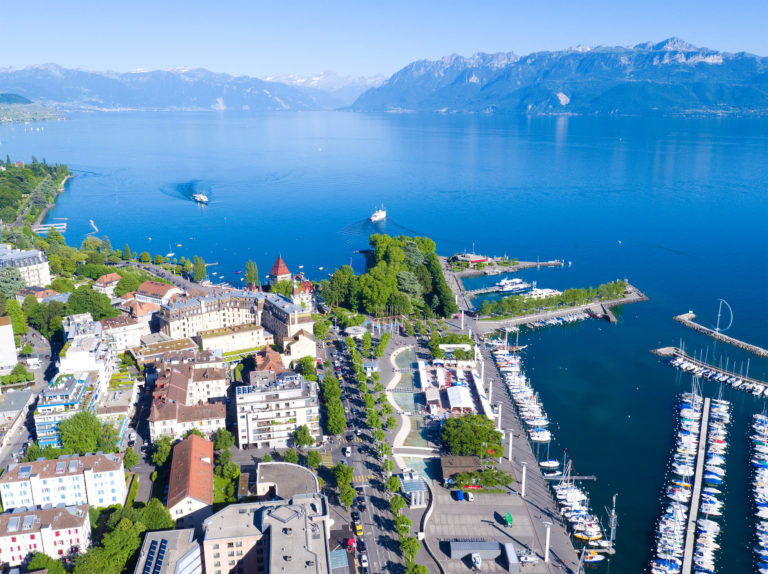

Geography
Dynamic expansion
Situated on the northern shores of Lake Geneva, Lausanne has more than 130,000 residents and is at the heart of a conurbation with over 300,000 inhabitants. A cosmopolitan and dynamic city, it offers its residents a quality of life that enjoys the same global acclaim as its vocational colleges, the international corporations to which it is home, and its cultural institutions.
As the Olympic Capital, Lausanne is home to the headquarters of the International Olympic Committee (IOC) and the seat of numerous international sport federations. It is the fifth-largest city in Switzerland and the capital of the Canton of Vaud.
A city on a human scale
Built on three hills – Cité, Bourg and Saint-Laurent – Lausanne is home to 20% of the population of the canton of Vaud. Extending from the countryside to the north, as far as the shores of the lake to the south, the town is made up of about ten districts. Whereas traditional old buildings and fine manor houses can be found in the east, the west presents a more recent, heterogeneous and heavily populated picture.
Lausanne, green city
A green city and a good place to live, Lausanne offers its residents and visitors magnificent parks and gardens, popular places to meet up and relax. Easily accessible by rail and road, the Olympic Capital has just launched the first metro in Switzerland, truly an urban elevator and the catalyst for new land-use dynamics within the centre of town and the greater metropolitan area.
Physical geography
An undulating topography
Lausanne is situated at 46°32 latitude north and at 06°38 longitude east on the northern shore of Lake Geneva. It has a steeply sloping relief ranging from 370m by the lake to 870m in the deciduous and pine forest of Jorat. It rests on the molasse characteristic of the Swiss plateau and on moraines deposited by alpine glaciation.
A temperate climate
Rainfall is evenly distributed throughout the year. Average temperatures are between 3°C and 20°C, while extremes can touch -10°C and +37°C. The winds in the region are the “bise”, which blows from the north-east bringing cold air from high pressure systems in Siberia, the “foehn”, a warm wind from the alpine valleys, and the south-westerlies, which transport temperate, humid and sometimes stormy air masses from the Atlantic.



